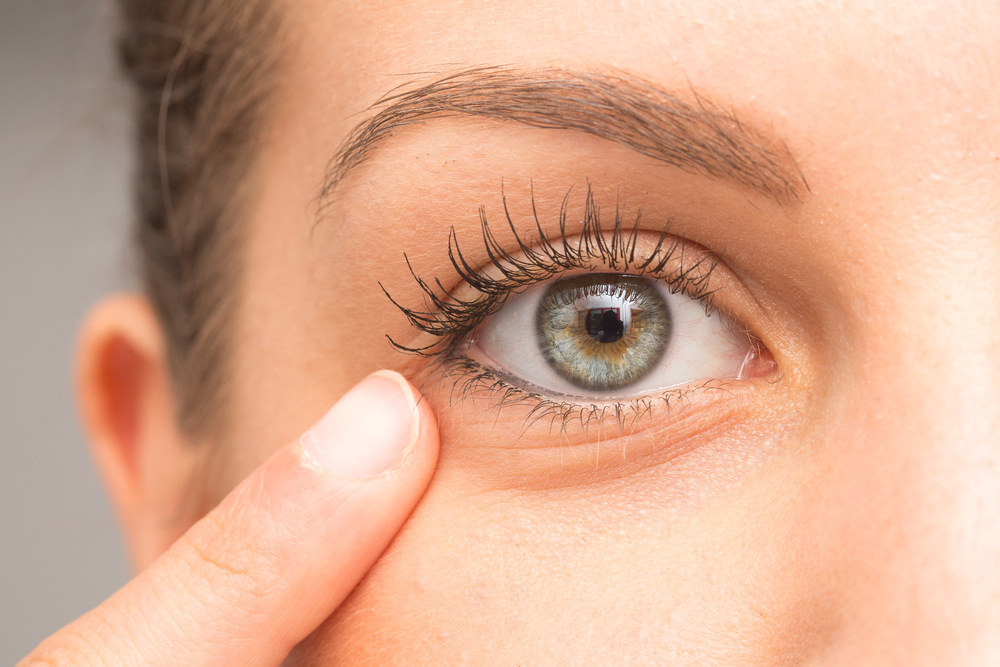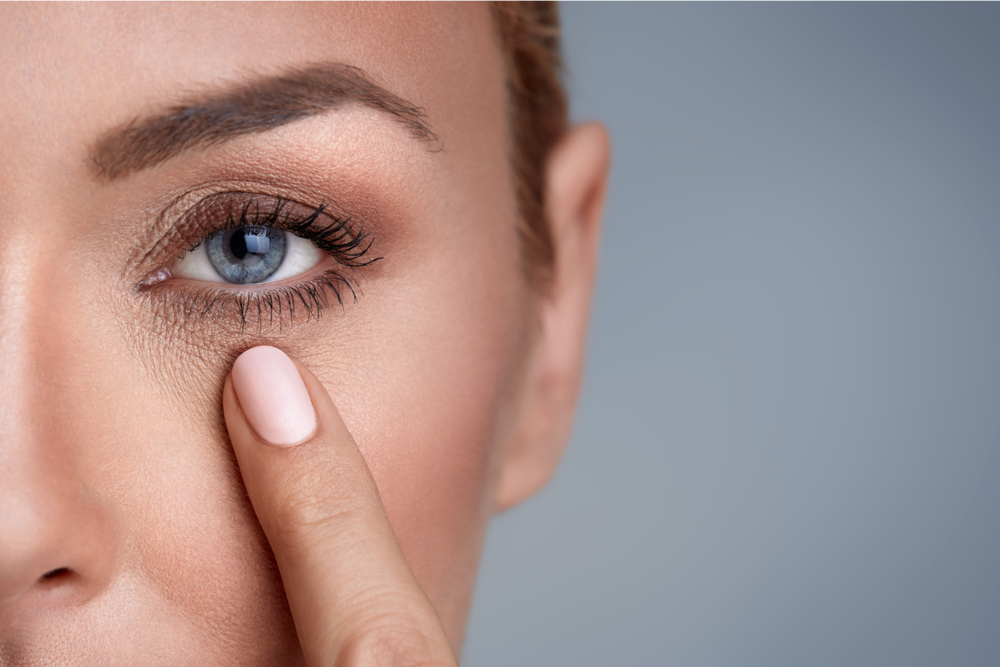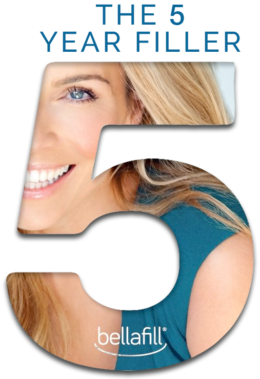Understanding what causes eye wrinkles and your many cosmetic procedure options to treat them.

Everything You Need to Know About Sunken Eyes
Have you noticed dark shadows under your eyes that seem to deepen with each passing day?
Sunken eyes, also known as hollowed or deep-set eyes, occur when the area around the eyes loses volume, creating a shadowed or tired appearance. While sunken eyes can occur naturally due to genetics, they can also result from various factors such as aging, poor lifestyle choices, or underlying health conditions.
This comprehensive guide will explore the root causes, symptoms, and potential treatment options for sunken eyes, including practical tips, home remedies, and medical procedures for improving their appearance.
What Are Sunken Eyes?
This condition, affecting both men and women, involves the eyes seemingly situated deeper within the eye sockets, creating a hollow, recessed appearance. While genetic factors can predispose some individuals to have naturally sunken eye contours, even at a young age, it’s more often the result of aging and the depletion of natural fat pads and collagen in the delicate skin around the eyes.
What Are the Symptoms of Sunken Eyes?
Identifying sunken eyes is relatively straightforward, as the following visible symptoms distinguish this condition.
- A hollowed appearance around the eyes, where the skin seems to recede, resulting in shadowed areas.
- Dark circles, as the lack of volume can cast shadows, making the area under the eyes appear darker.
- Under-eye bags, adding to the tired and aged look.
- Prominent tear troughs emerge. The tear troughs, the natural depressions between the cheeks and lower eyelids, become more pronounced with sunken eyes.
- Wrinkles and fine lines seem accentuated, particularly around the outer corners of the eyes.
- A look of fatigue, exhaustion, or illness even though the individual is well-rested and generally healthy.
What Causes Sunken Eyes?
The primary factors contributing to sunken eyes can be attributed to the following reasons, ranging from natural aging processes to underlying health conditions. By understanding the root causes, you can determine effective treatment strategies.
Aging
As we grow older, the skin’s collagen and elastin fibers diminish, leading to a loss of skin elasticity and firmness. Moreover, the fat pads that provide volume and support under the eyes gradually deplete, resulting in a hollowed and sunken appearance.
Genetics
Some individuals may have a genetic predisposition to develop sunken eyes. Certain facial features, such as prominent tear troughs, can be inherited, leading to a more recessed under-eye area from an early age. If your family members have sunken eyes, you can likely attribute your condition to your DNA.
Lifestyle Factors
Unhealthy habits, such as excessive sun exposure, smoking, inadequate sleep, and poor nutrition, can accelerate the aging process and exacerbate the appearance of sunken eyes.
Medical Conditions or Underlying Health Issues
Certain medical conditions can contribute to the development of sunken eyes. Chronic allergies, sinus infections, and thyroid disorders may cause swelling or inflammation around the eyes, accentuating the hollow appearance. Also, systemic conditions like certain autoimmune diseases and nutritional deficiencies can impact the overall health and appearance of the skin, potentially leading to sunken eyes.
If you’re questioning whether a medical condition may be the source of your sunken eyes, consult your physician, who may order lab tests to determine an underlying cause.
Rapid Weight Loss
Significant weight loss can reduce facial fat, including the fat pads around the eyes. This loss of volume can cause the eyes to appear sunken.
Dehydration
Lack of proper hydration can lead to dry and thin skin, making the under-eye area more susceptible to sunken contours.
Prolonged Sun Exposure
Overexposure to the sun’s harmful UV rays can accelerate collagen breakdown and cause premature skin aging, contributing to the development of sunken eyes.
Facial Trauma or Surgery
Severe injury to the face or previous surgical procedures around the eyes can result in volume loss and create a sunken appearance. Similarly, an orbital blowout fracture can displace bone fragments into the sinus cavity, creating a hollow appearance around the eyes.
What Are the Treatment Options for Sunken Eyes?
Addressing sunken eyes involves a range of treatment options, from simple home remedies to more advanced medical procedures, depending on the severity of the condition and the individual’s preferences.
Home Remedies
- Adequate hydration and a balanced diet rich in vitamins and antioxidants can promote skin health and reduce the appearance of sunken eyes.
- Applying warm, moist tea bags or cold compresses like chilled cucumber to the under-eye area can temporarily reduce puffiness and dark circles, giving the eyes a more refreshed look.
- Over-the-counter creams containing ingredients like hyaluronic acid, retinol, and almond oil may provide mild improvements in skin texture and hydration.
- Prioritizing sufficient sleep and managing stress can significantly improve the overall appearance of the eyes and reduce the appearance of fatigue.
- Lifestyle changes, such as applying sunscreen, quitting smoking, and limiting caffeine, can benefit the skin surrounding your eyes.
Non-Invasive Medical Procedures
Injectable dermal fillers, often made of hyaluronic acid, can add volume to the under-eye area, effectively filling in hollow spaces and reducing the appearance of sunken eyes.
Another option is platelet-rich plasma (PRP) therapy, which involves using the patient’s own blood plasma, enriched with growth factors, to stimulate collagen production and rejuvenate the under-eye skin.
Surgical Procedures
Blepharoplasty, also known as eyelid surgery, can help sunken eyes and address under-eye bags by removing excess skin, fat, or muscle from the eyelids to restore a more youthful appearance.
Also, consider a brow lift, which repositions the brow area to elevate the entire upper face. Raising the brow can help reduce the appearance of sagging skin and heaviness around the eyes, giving them a more open and rejuvenated look.
Discover the Best Treatment Options
With proper care, you can bid farewell to sunken eyes and embrace a more confident and vibrant appearance. Take your first step towards a transformative solution by consulting with a qualified medical professional, such as the experts at Vargas Face & Skin Center.
Our team of experienced professionals, led by Dr. Hannah Vargas, a board-certified surgeon with over a decade of experience, can assess your unique needs and explore suitable treatment options to help you achieve a rejuvenated and refreshed look. Schedule a virtual consultation today!





